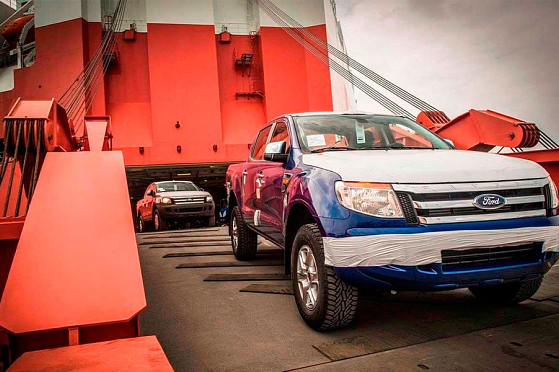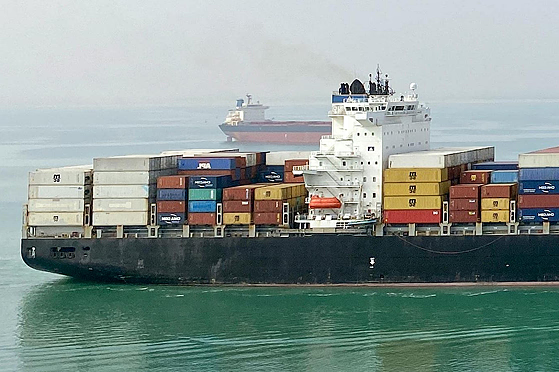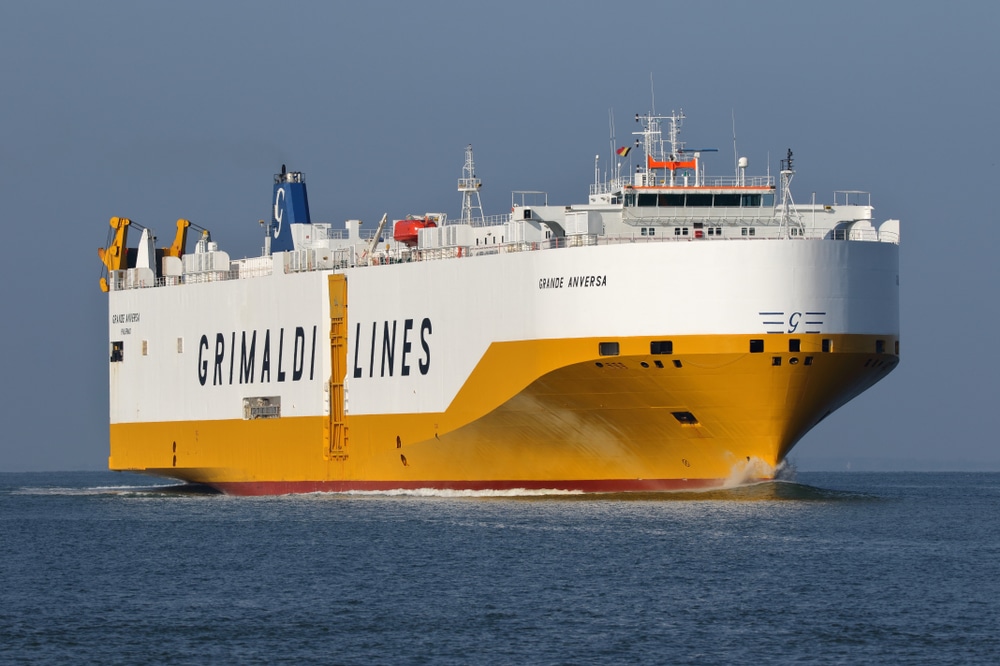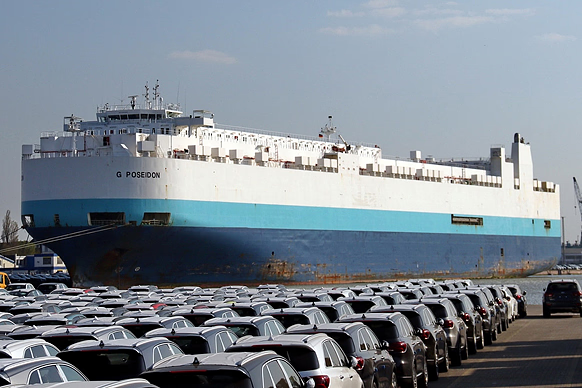Ship a Car to Europe from USA
Ship Overseas- Your Trusted Partner in International Car Shipping
Shipping a Car to Europe with U.S. plates: Driving in Europe is convenient but requires proper authorization, insurance, and documentation. Temporary import rules allow for up to 6 months of use, with exceptions for students and professionals. Shipping options vary by cost and speed, with RoRo being the most affordable and air freight the fastest. Always work with a trusted shipping partner and prepare in advance for a smooth experience.
Authorization and Fees: Starting from 2021, U.S. citizens must request online authorization and pay a fee to drive in Europe with U.S. plates.
Temporary Vehicle Import: EU countries have similar regulations for temporary imports. Vehicles must be legal in the U.S. (taxes paid, safety inspections, insurance). Insurance must cover all countries visited.
Duration of Stay: Vehicles can stay in the EU for up to 6 months (18 months for boats). Students or professionals from non-EU countries can use their vehicles for the duration of their stay without paying duties or taxes. Vehicles cannot remain in the EU without the owner present.
Customs & Fees: No import duty for stays under 6 months. For longer stays, leaving the EU briefly and re-entering can help avoid duties. Customs requirements vary by country and port; contact the U.S. embassy for details.
Driver’s Permit: An International Driver’s Permit (IDP) is required, alongside a valid U.S. license. IDPs can be obtained from AAA or AATA in the U.S.
U.S. vs. EU License Plates: U.S. plates vary by state (one or two plates). EU plates have a standardized format with a blue section, country code, and random numbers/letters.
Shipping Your Car to Europe: Start preparations months in advance. Choose a reliable shipping company (e.g., Ship Overseas) with high safety standards. Prepare two sets of documents: vehicle information and shipping company paperwork.
Additional Information: To import a car into a European country, check the specific country’s page for vehicle age restrictions. If the car was bought new, your name must be listed as the registered owner on the front of the Title. For sold vehicles, both the seller and buyer must sign the back of the Title as indicated. Additionally, for safety reasons, the vehicle cannot have more than a ¼ tank of gas.
Albania: Duress
Belgium: Antwerp, Zeebrugge Learn more…
Croatia: Rijeka
Denmark: Copenhagen
Estonia: Paldiski
Finland: Helsinki, Kotka
France: Fos Su Mer, Le Havre Learn more…
Customs duties and VAT collected at the port of entry.
Germany: Bremerhaven Learn more…
Destination handling charge: €150
EU member country: 10% duty + 19% VAT if owned <1 year.
Transit through EU: 30% deposit refunded after registration.
Greece: Piraeus Learn more…
Italy: Civitavecchia, Livorno, Monfalcone, Naples, Palermo, Salerno, Savona Learn more…
- Italian citizens: Own vehicle for 1 year to avoid 11% duty + 20% VAT.
- Non-Italians: One auto duty-free with proof of ownership and use for 1 year.
- Vehicles imported duty-free cannot be sold for 1 year.
Lithuania: Klaipeda
Netherlands: Amsterdam, Rotterdam Learn more…
Norway: Drammen
Poland: Gdynia
Portugal: Lisbon
Romania: Constantza
Russia: St Petersburg
Serbia and Montenegro: Bar
Slovenia: Koper
Spain: Barcelona, Segunto, Vigo Learn more…
Proof of living in USA for 1+ year and owning the vehicle for 6 months to avoid customs taxes.
Sweden: Gothenburg, Malmo Learn more…
Switzerland: Basel, Geneva, Zurich Learn more…
Duty-free if owner used the car for 6+ months overseas.
New cars subject to VAT, duty, and statistical tax.
UK: Liverpool, Southampton Learn more…
Import duty varies by vehicle type (passenger vs. commercial).
VAT: 17.5% based on purchase price.
Ukraine: Odessa

- Most popular and cost-effective method.
- Vehicles are driven onto the ship and secured.
- Ideal for single vehicles (cars, motorcycles, motorhomes, etc.).
- Reliable departure and arrival dates.
- Protects vehicles from external elements.

- Fits up to four vehicles.
- No fixed departure date (depends on container filling).
- Allows shipping personal items inside the vehicle.
- Suitable for non-working vehicles (e.g., classic cars).
- Best for exotic or high-value vehicles (e.g., Bentleys, Ferraris).
- Allows shipping personal belongings.
- More expensive but offers added protection and space.


